betHQ
November 20, 2018
November 20, 2018
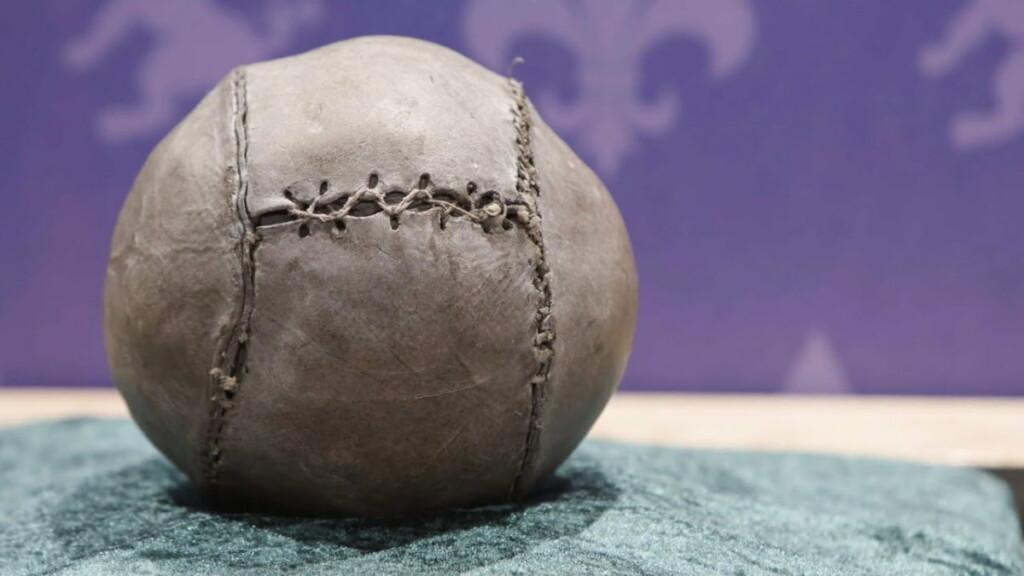
Few of today’s football fans are aware of the fact that the focal point of the game, namely the ball, has a rich history stretching back thousands of years. In fact, modern association football is the most recent descendant of a long lineage of football games with their collective roots firmly embedded in some of the bloodiest periods of human history.

It is believed that the earliest football games were played using human heads as balls. The heads in question were most likely detached from the shoulders of tribal enemies or criminals, before being put to use in friendly games.
In regions where more ball-like objects like coconuts were found in abundance, these were preferred as balls, with severed and expertly shrunken human heads instead serving an ornamental function, as conversation pieces in tastefully decorated huts.

The first leap in the evolution of the football was a small one, and entailed the human head being relieved of its contents before being put into service as a ball. This leap in football technology had the advantage of making footballs lighter and more manoeuvrable, and decreased the wear and tear on new moccasins.
When human skulls were in short supply, a wide selection of local wildlife had their empty craniums put to use in friendly games of footy. The skulls were sometimes wrapped in leather, creating a prototypical, recreational haggis, that took the evolution of the ball even further.

The development of the football took a large leap forward when primitive sports scientists realised that the high incidence of foot injuries in neolithic times might be connected to the use of one the hardest substances known to mankind as material for a ball.
Centuries of research led to the skull gradually being phased out and replaced by the bladder of slaughtered animals. The bladders could be inflated and tied closed, allowing football aficionados to pursue their game with less fear of permanent disability.
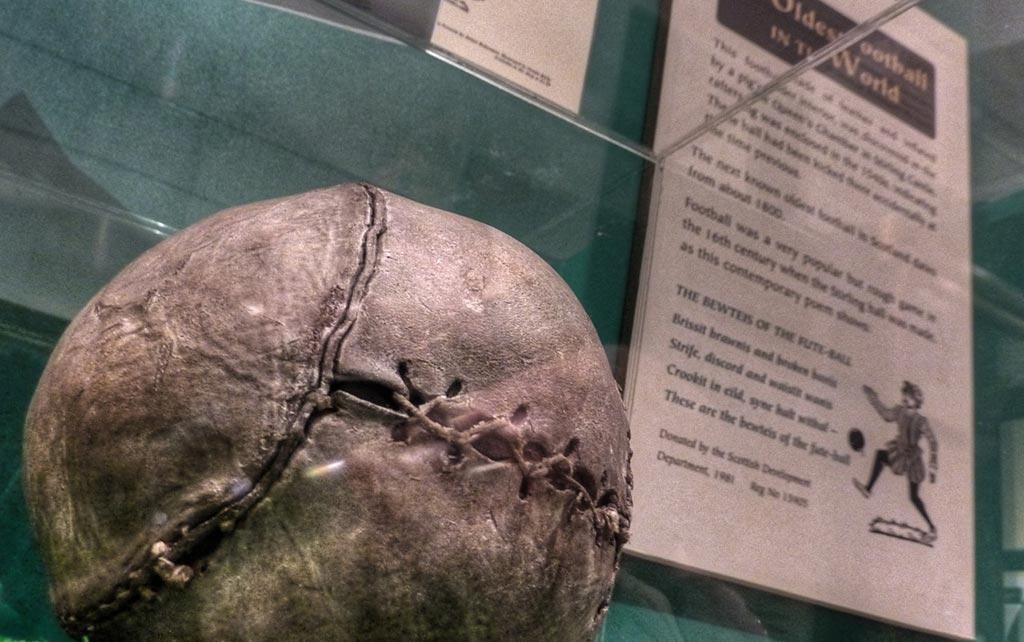
It wasn’t long before football players realised that there were significant drawbacks to the use of bladders as balls. Foremost amongst these was that the bladder is irregularly shaped, and therefore made these balls difficult to control.
In an attempt to rectify this situation, bladders were covered in leather, thereby protecting the bladder from puncture whilst simultaneously making the performance and movement of the football more predictable.
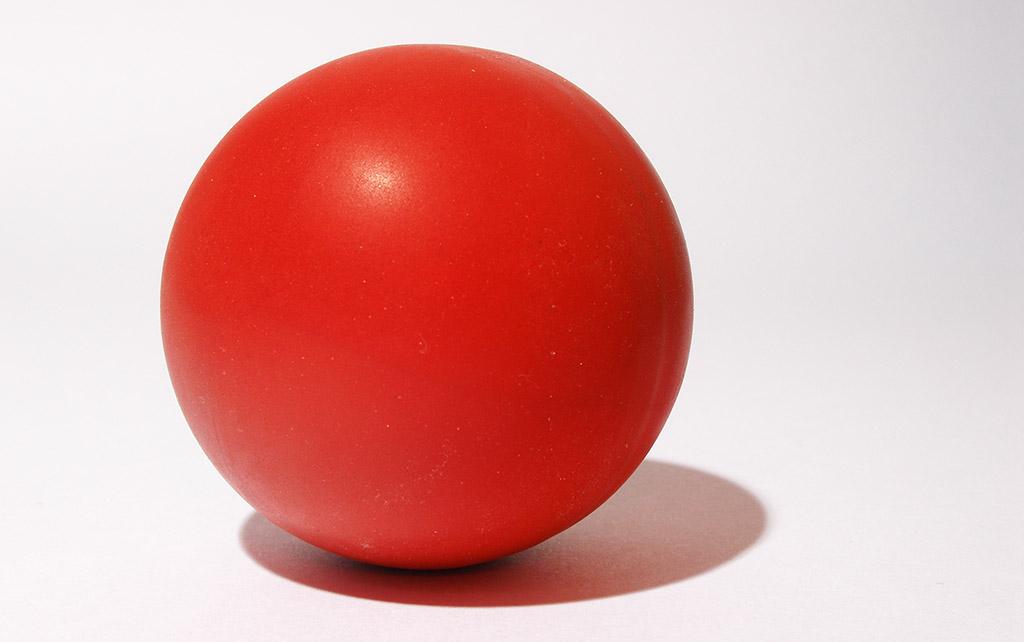
While the inhabitants of Europe and the East idled away their days kicking around leather covered bladders, an important contribution to the development of the modern football was made in South America where natives started to play games with solid balls of natural rubber.
The use of these natural, soft, and responsive footballs resulted in the indigenous population of South America developing rapidly into expert footballers. When the Spanish colonialists witnessed the skills of the natives, they were so impressed that they set them to work in rubber plantations, and started exporting the substance to Europe.
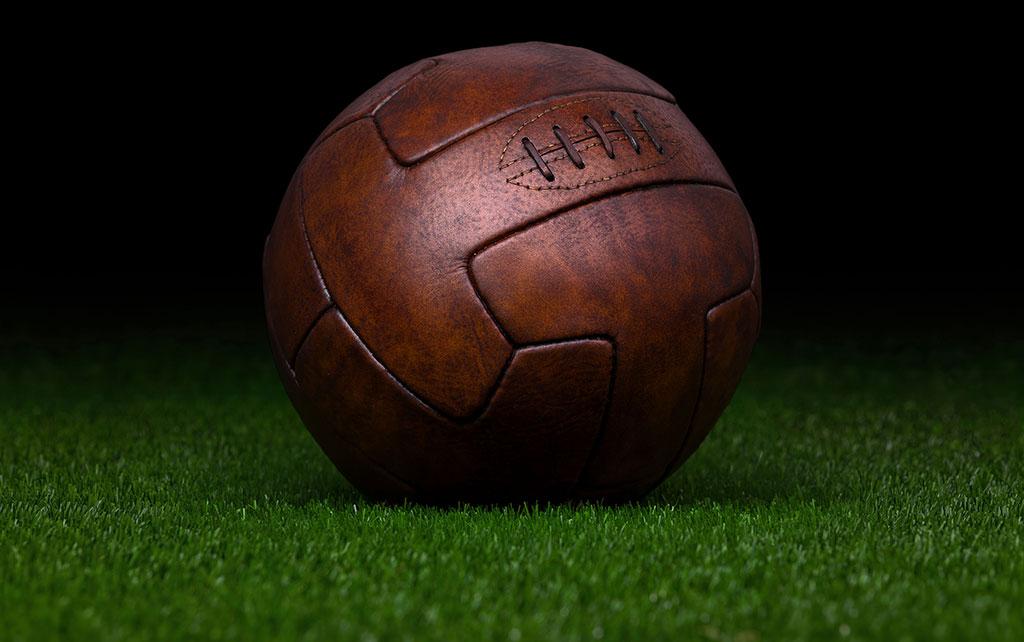
While the discovery of the Americas led to the rubber trade opening up with Europe, it wasn’t until the 19th century that rubber was put to use in the production of footballs. The man responsible for this innovation was Charles Goodyear, who designed the first vulcanised rubber football in 1855.
Seven years later a football manufacturer by the name of John Lindon, took the design of the rubber football a step further, designing the first inflatable rubber Bladder. His innovations allowed the design specifications for the football to become standardised for the first time in history.
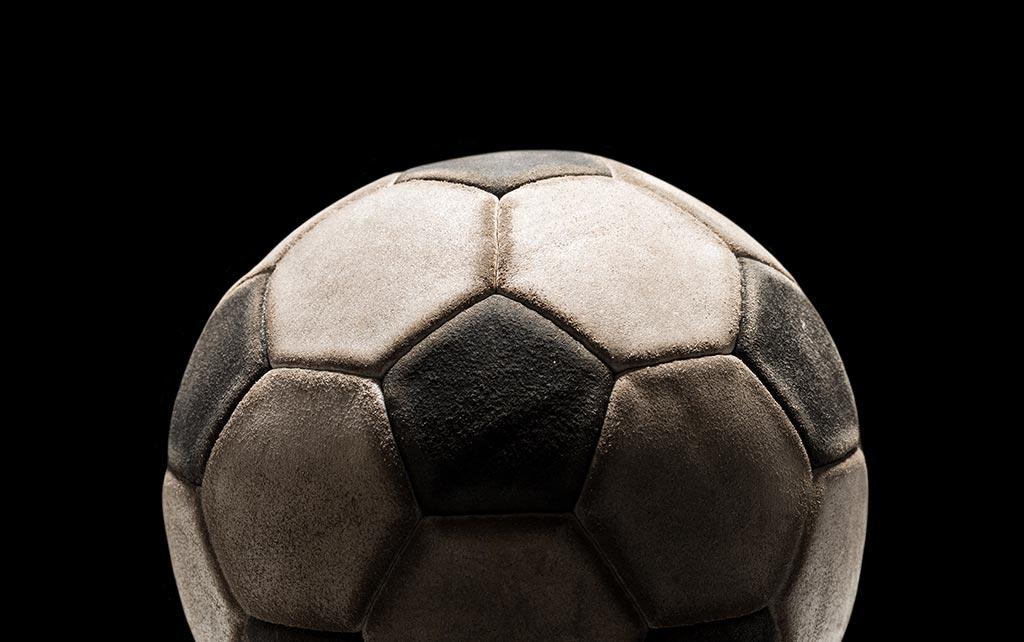
Despite impressive improvements to ball quality and standardisation, leather balls continued to present with problems, including the tendency to absorb water and burst during use. These design flaws were addressed in the 1980s when synthetic leather was first used to cover balls, thereby increasing strength, but decreasing weight and water absorption.
It was during the 1950s that the familiar hexagonal and pentagonal design of the football was introduced, as American architect Richard Buckminster Fuller formulated a method for the joining of hexagons and pentagons, to make a perfect three-dimensional sphere.
His design introduced the world to the most familiar manifestation of a football – an inflated sphere featuring 20 white hexagonal patches and 12 black pentagonal patches.
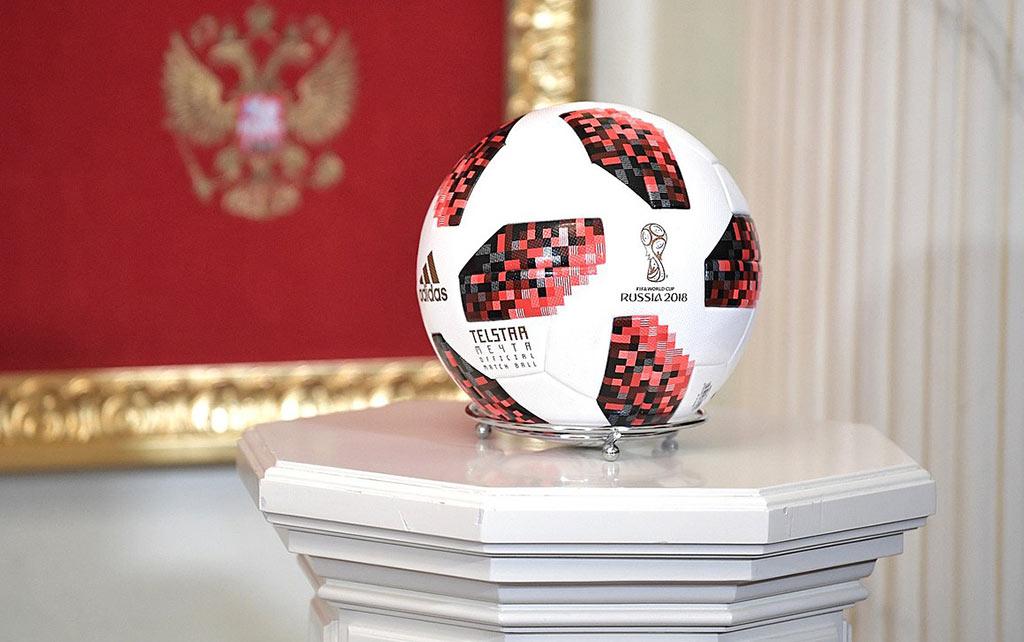
The development of the football has not been left to stagnate since the 1980s. Sportsware manufacturers, including Nike, Puma and Adidas, are striving to make footballs lighter, stronger and safer while adhering to the dimensional specifications set out by FIFA.
When it comes to battles of the bookmaker heavyweights you won’t find a more […]
Rebel Betting is one of the oldest and best-known names in sports investment software, […]
Steeplechase horse racing is believed to have originated in Ireland in the 18th century. Huntsmen […]